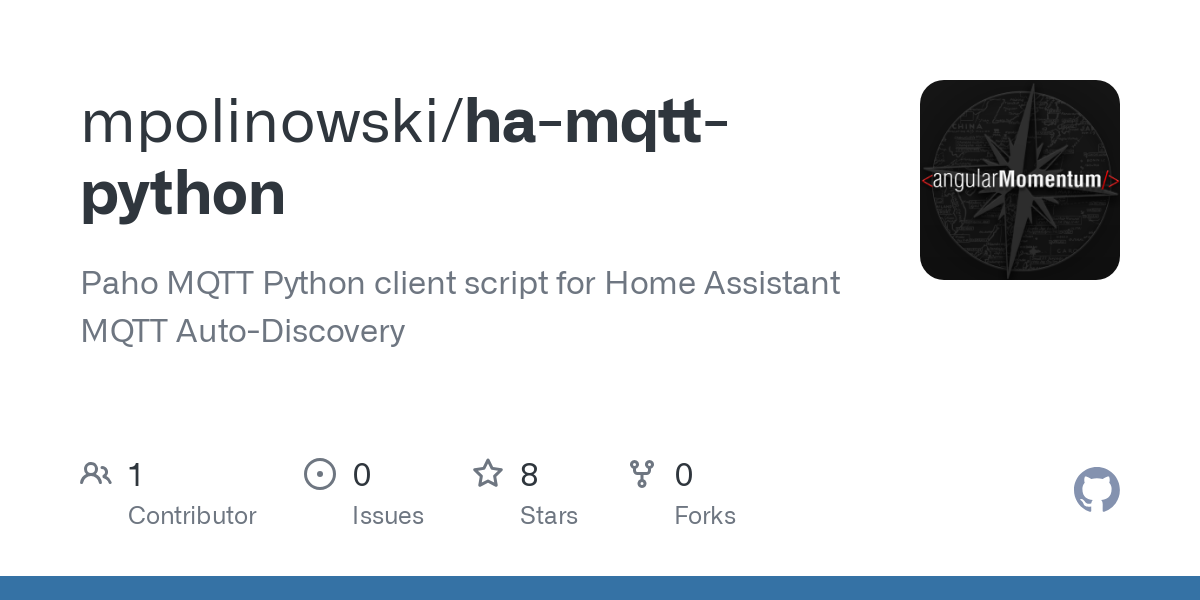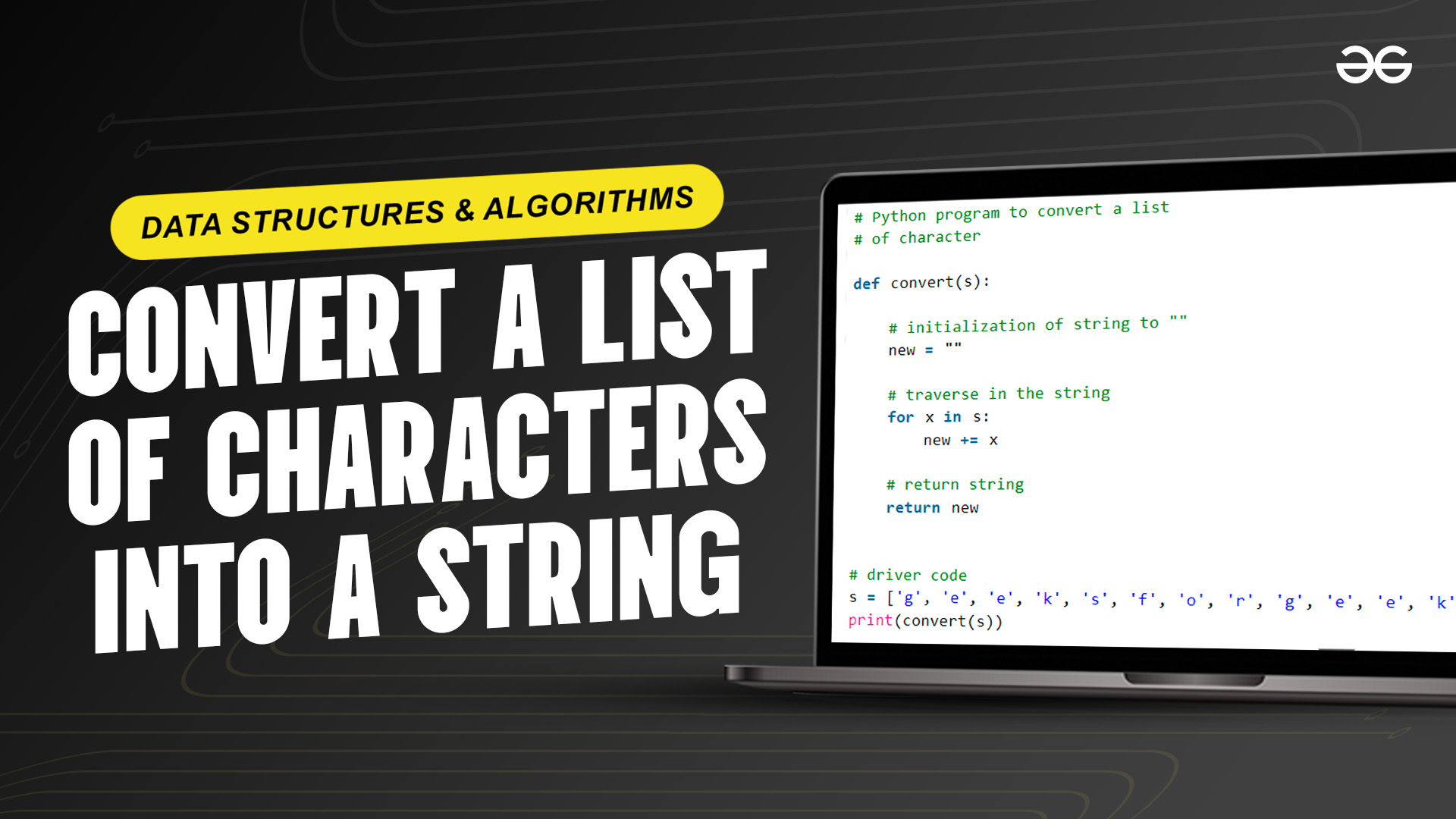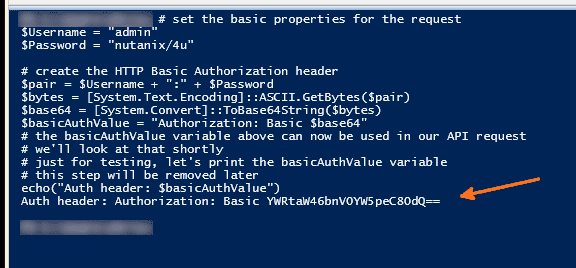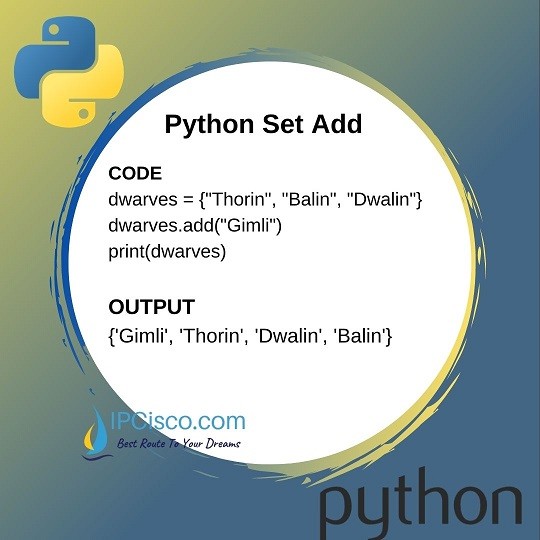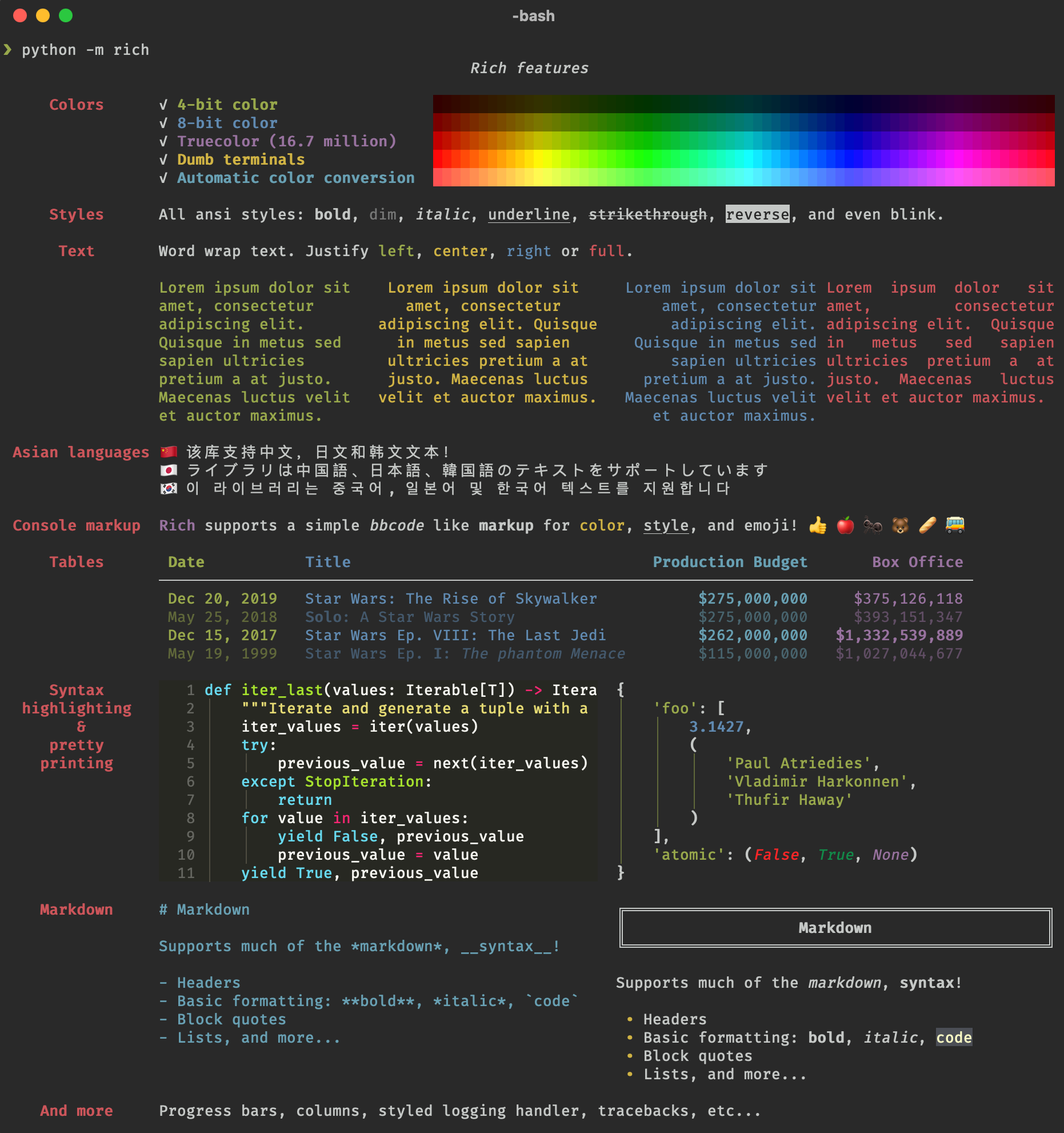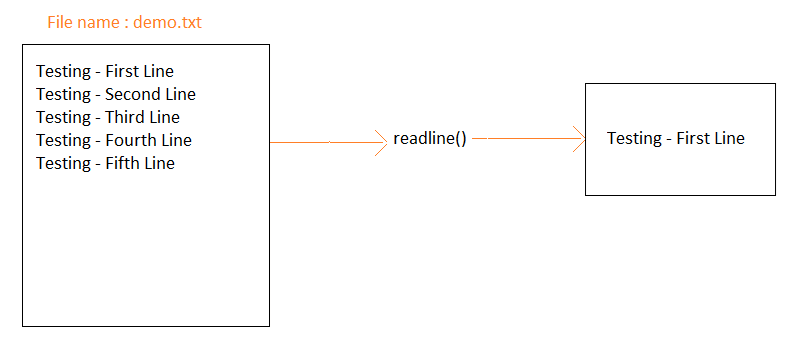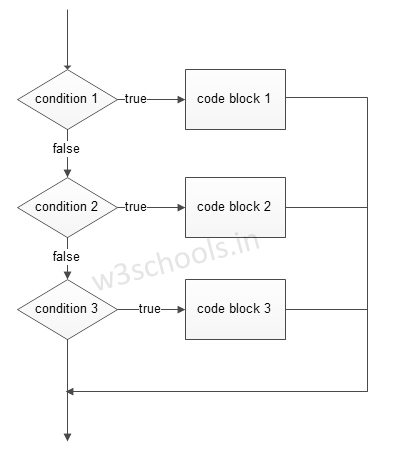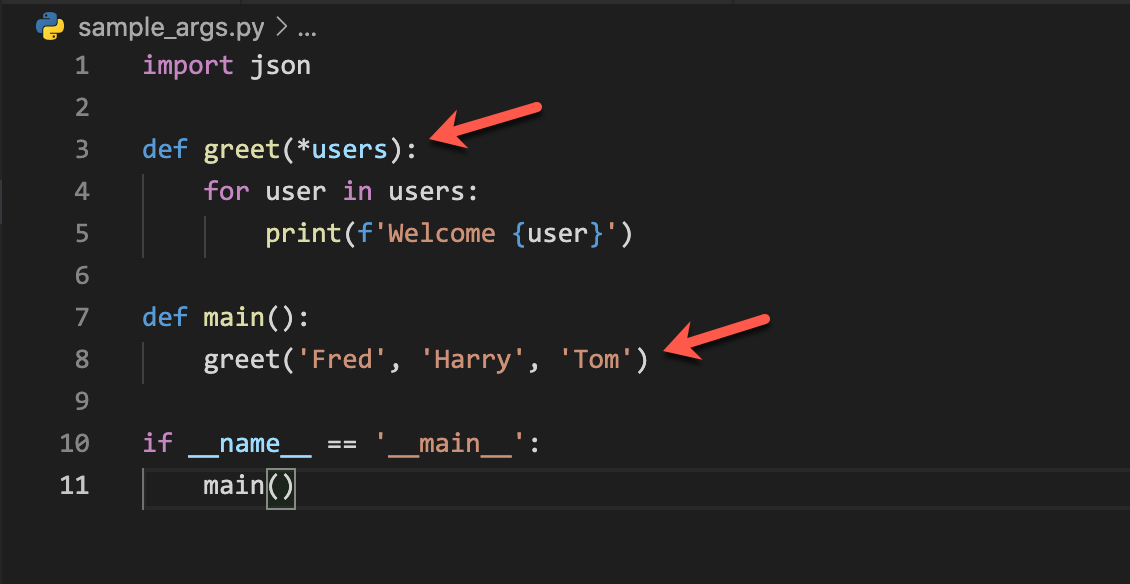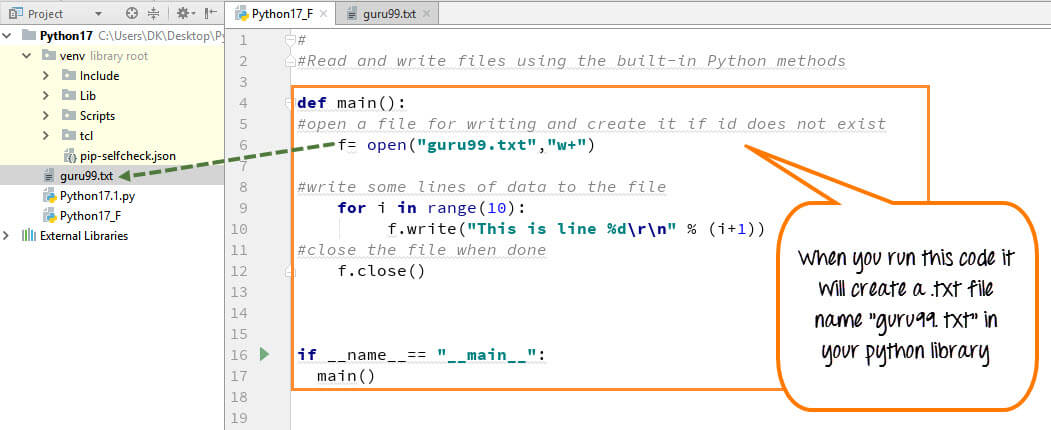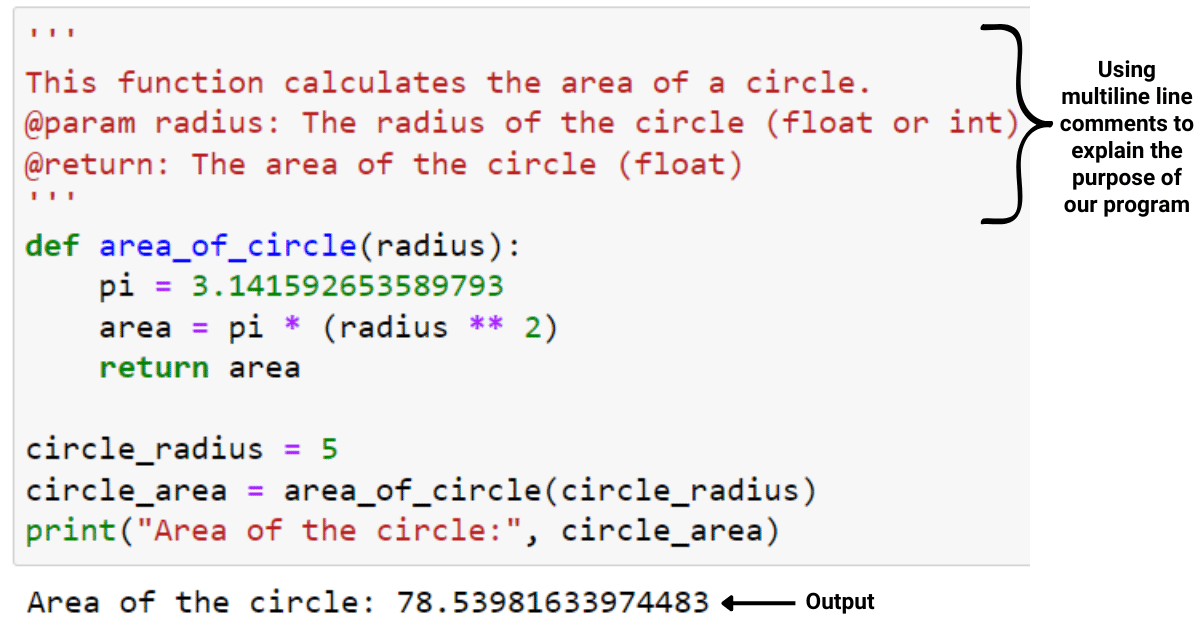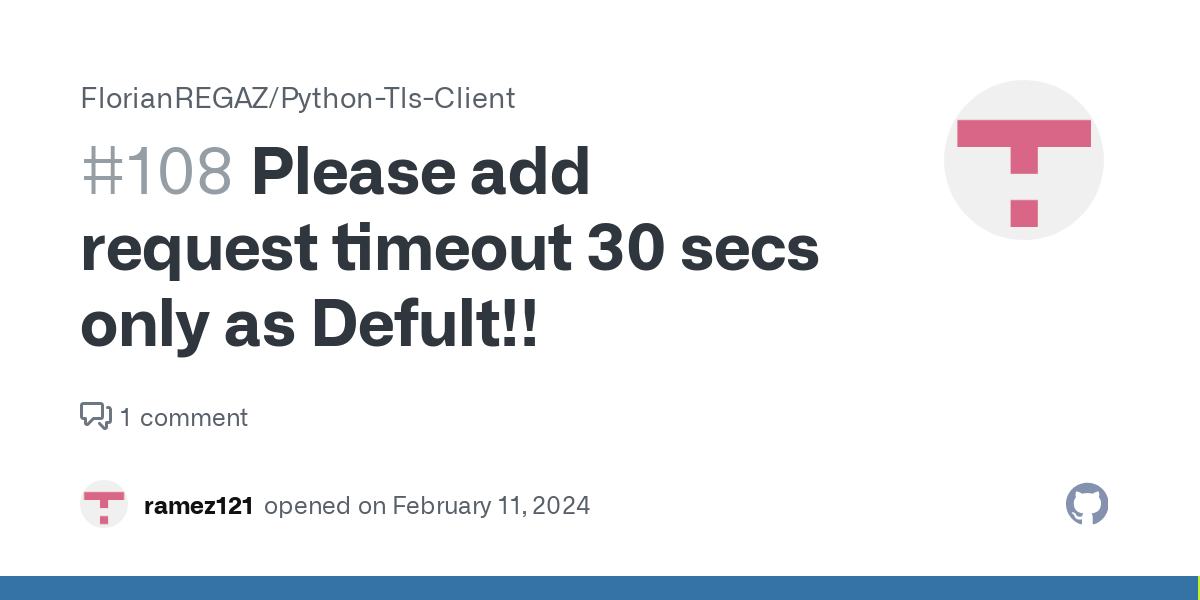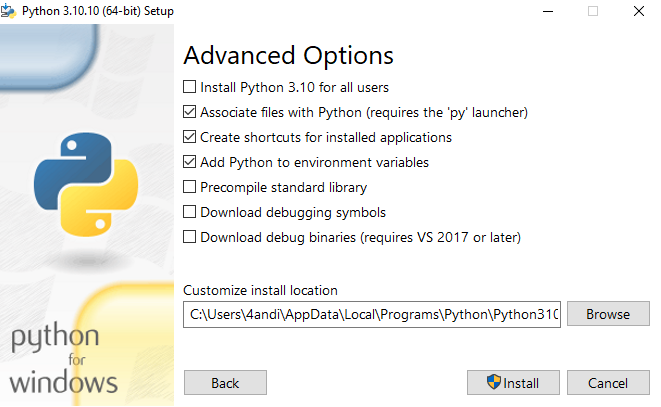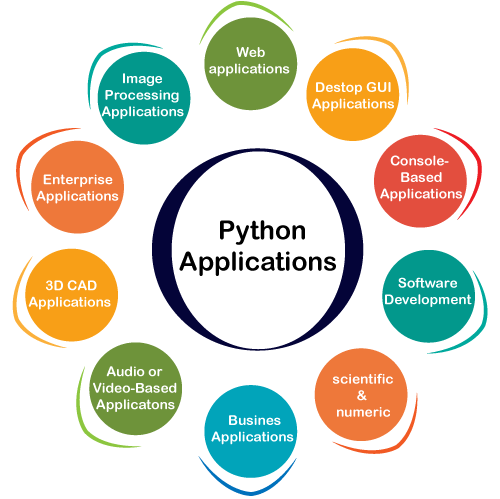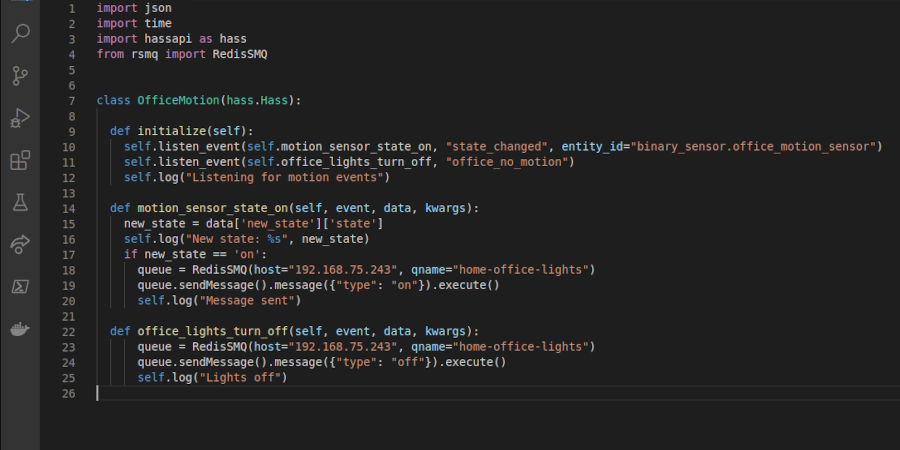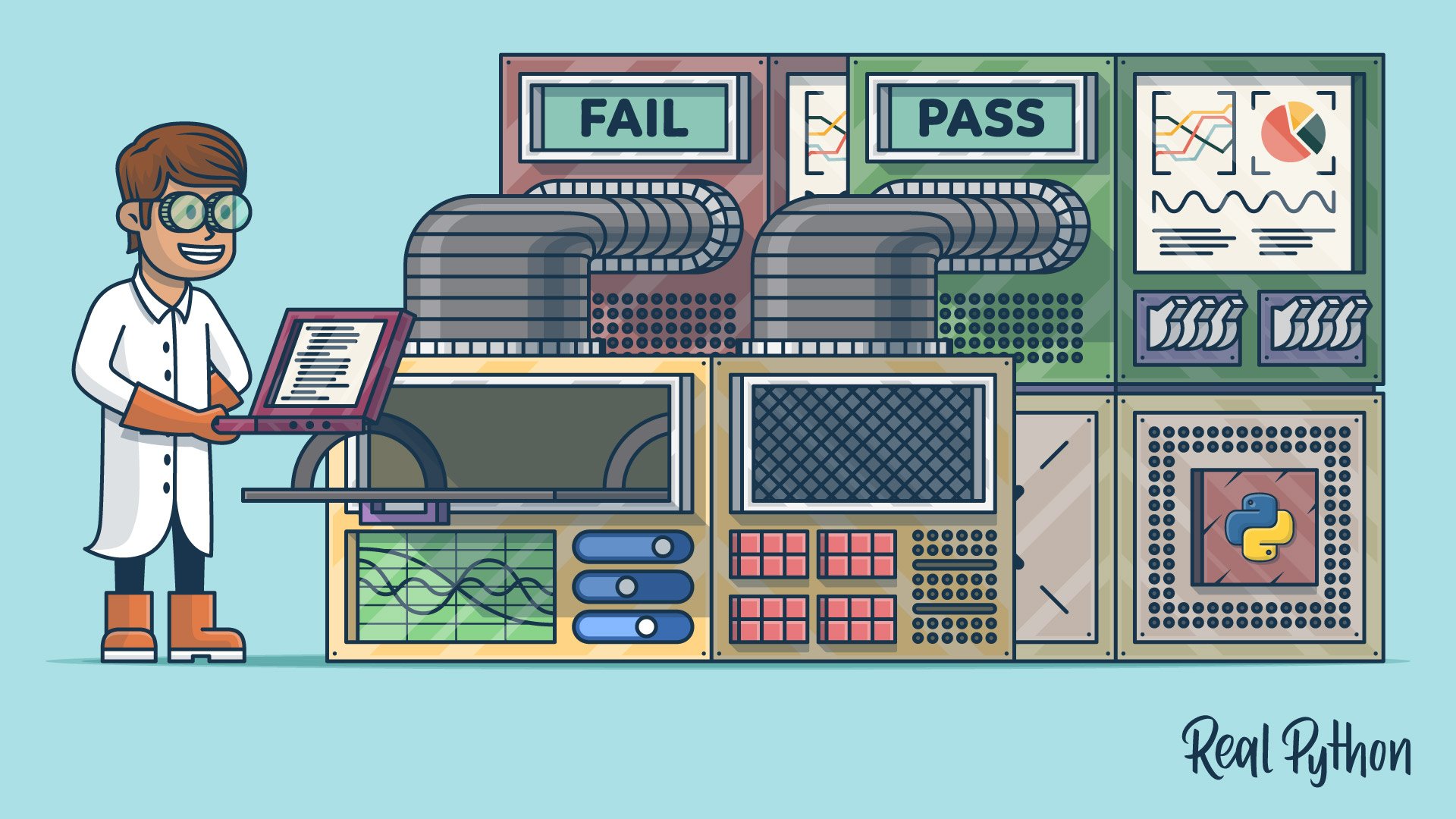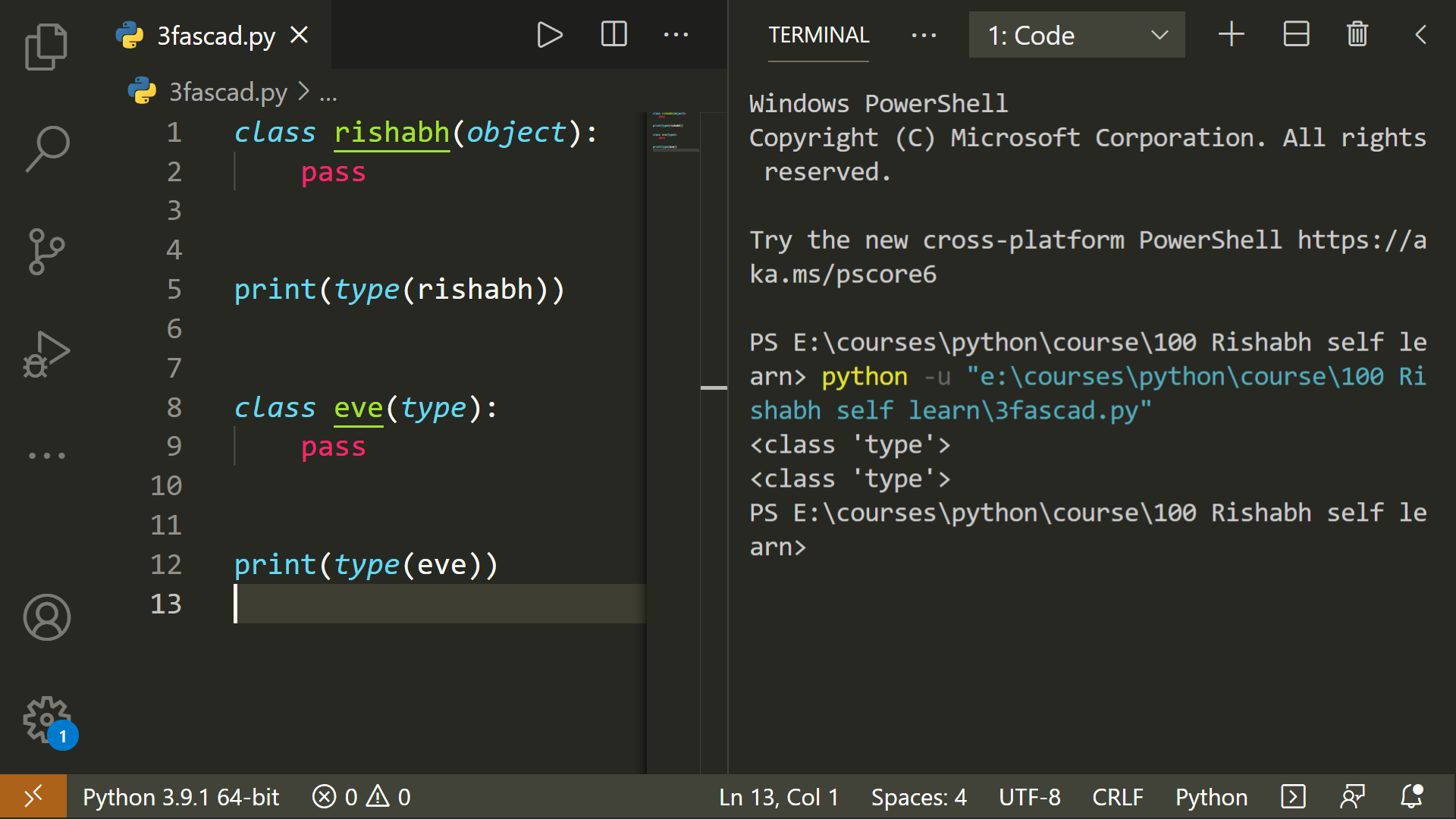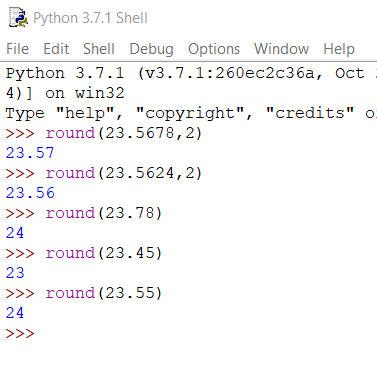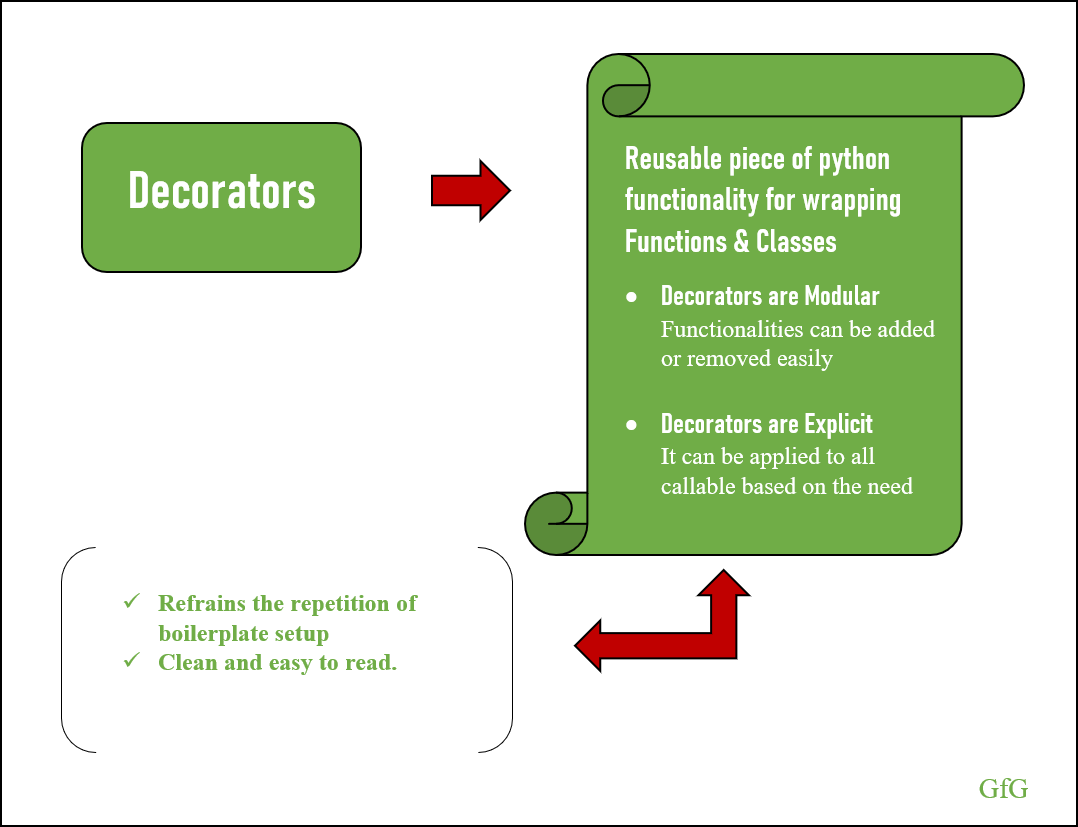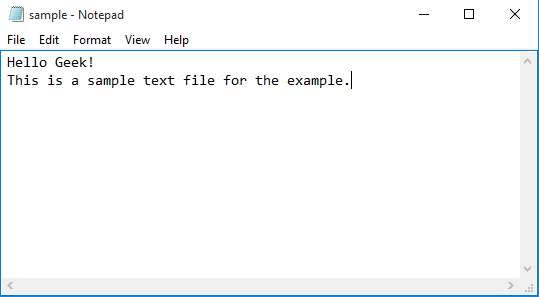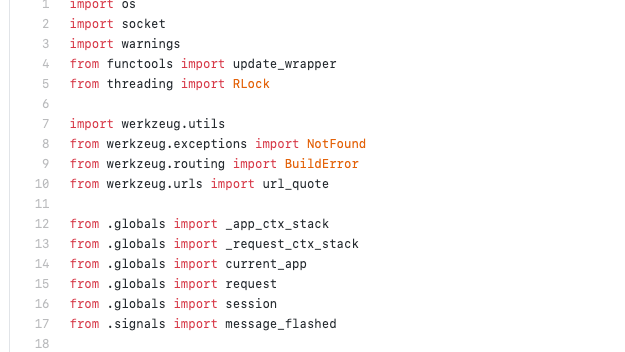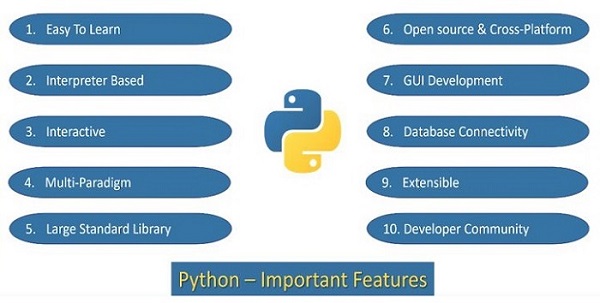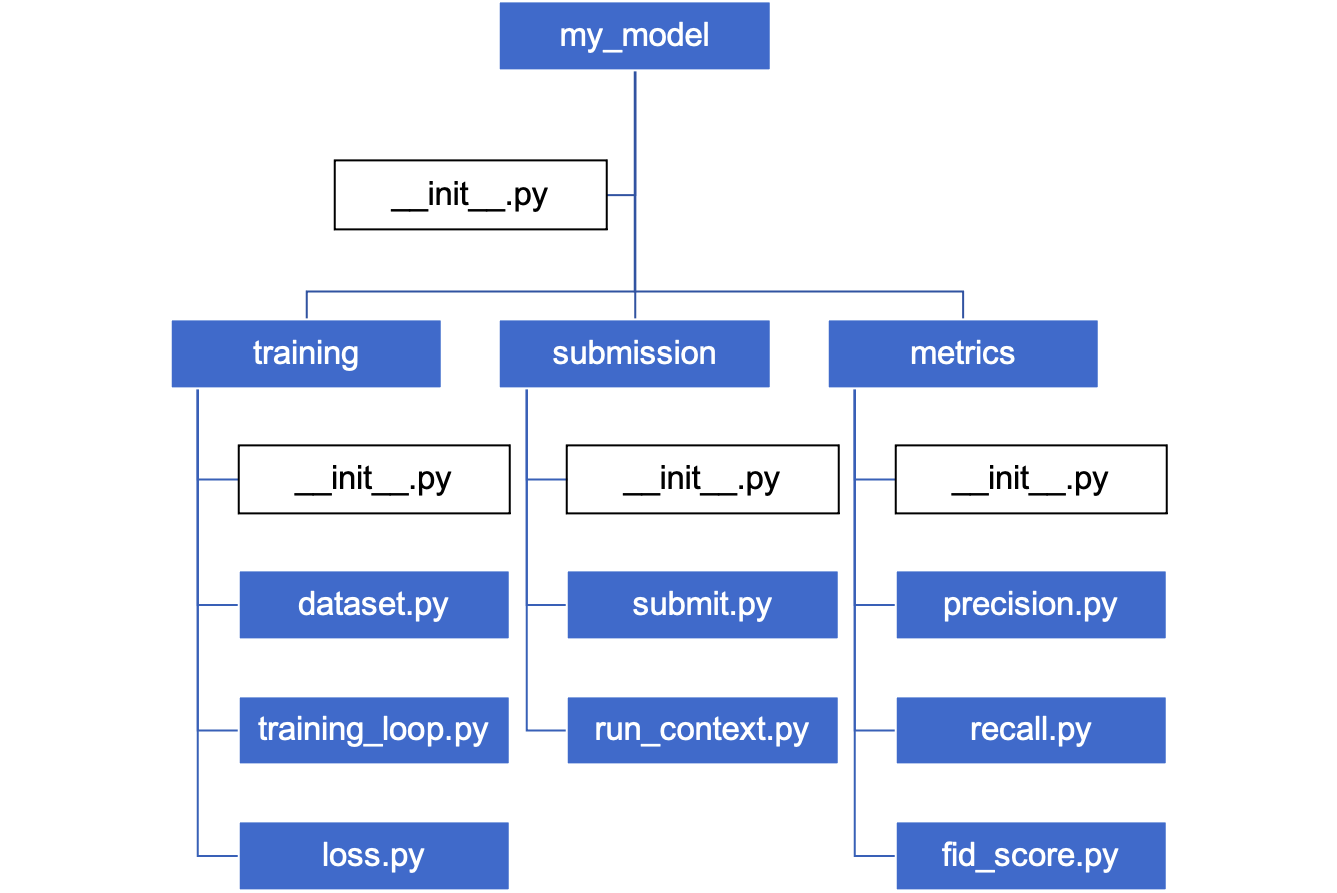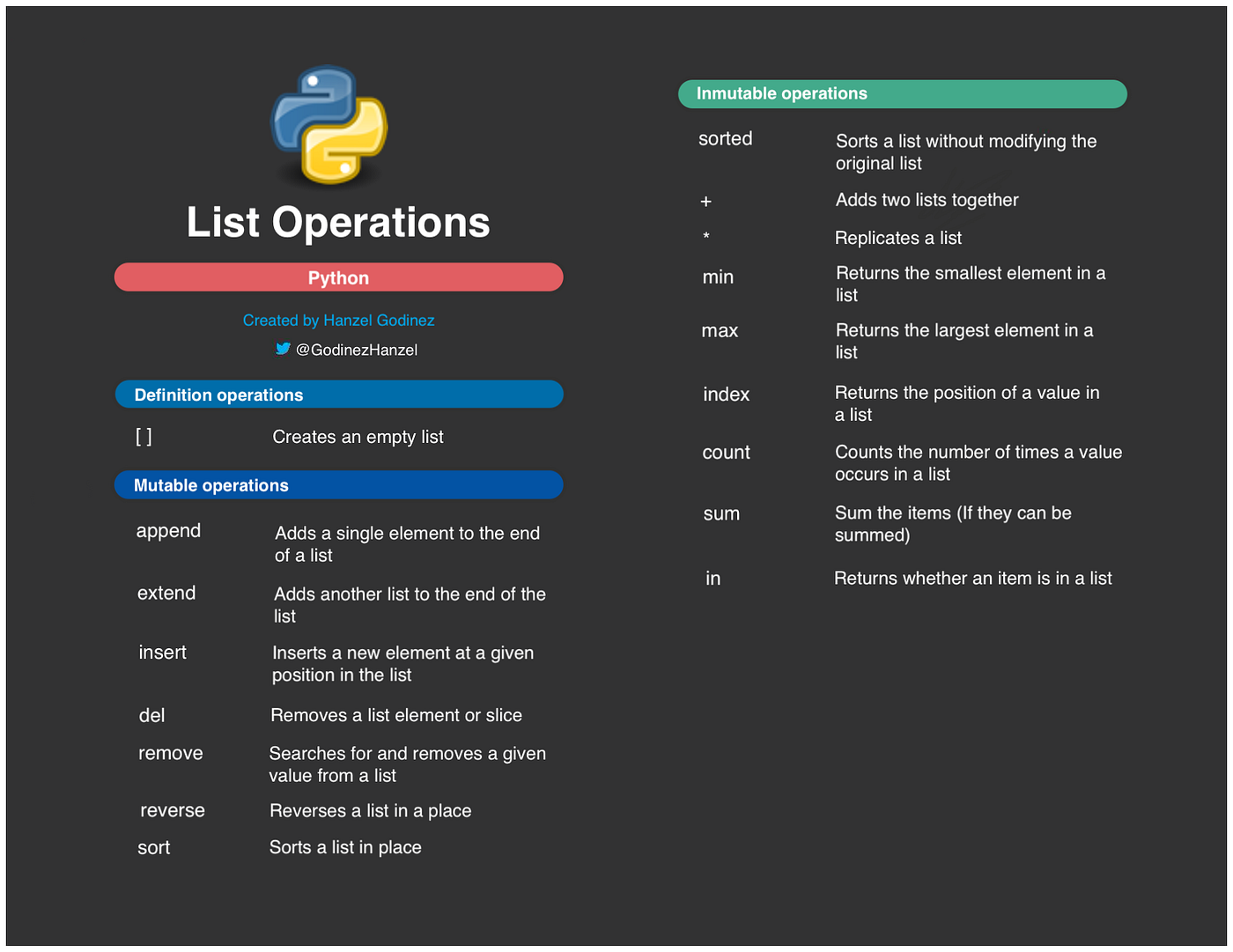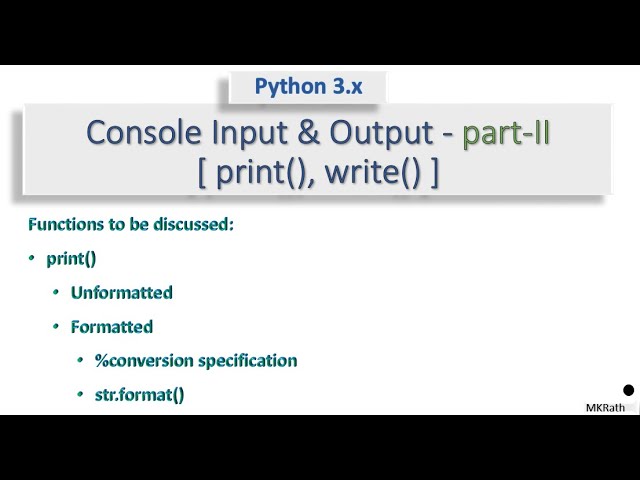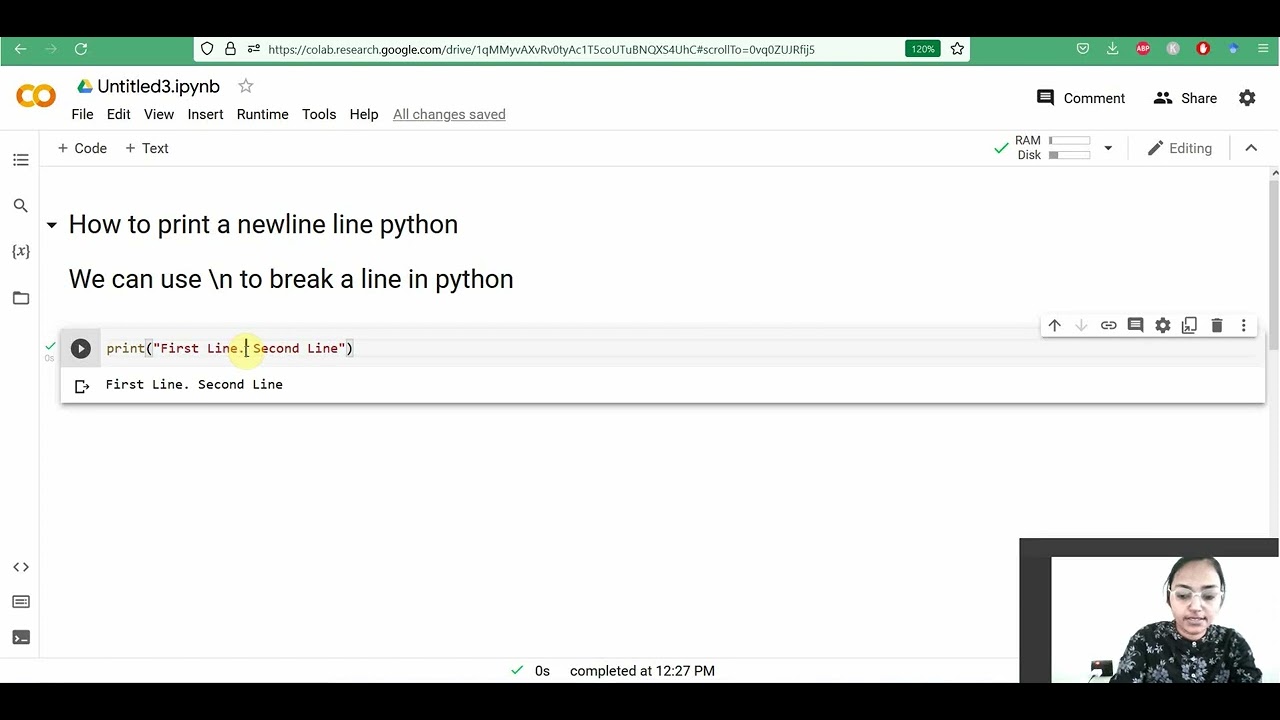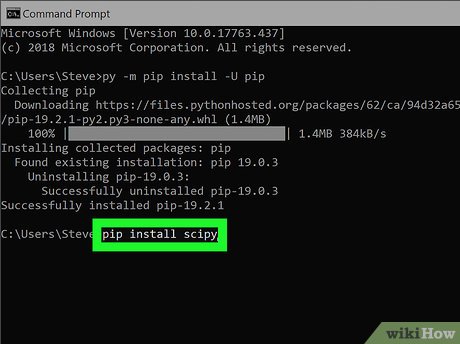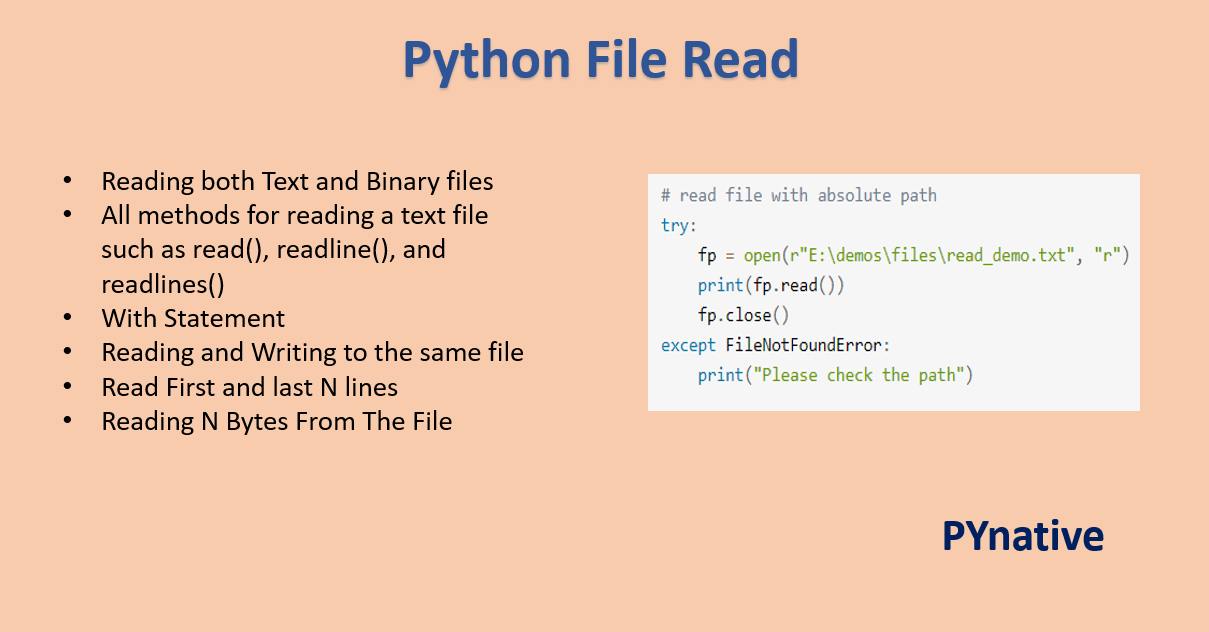Which library is most used in Python?
Which library is most used in Python?
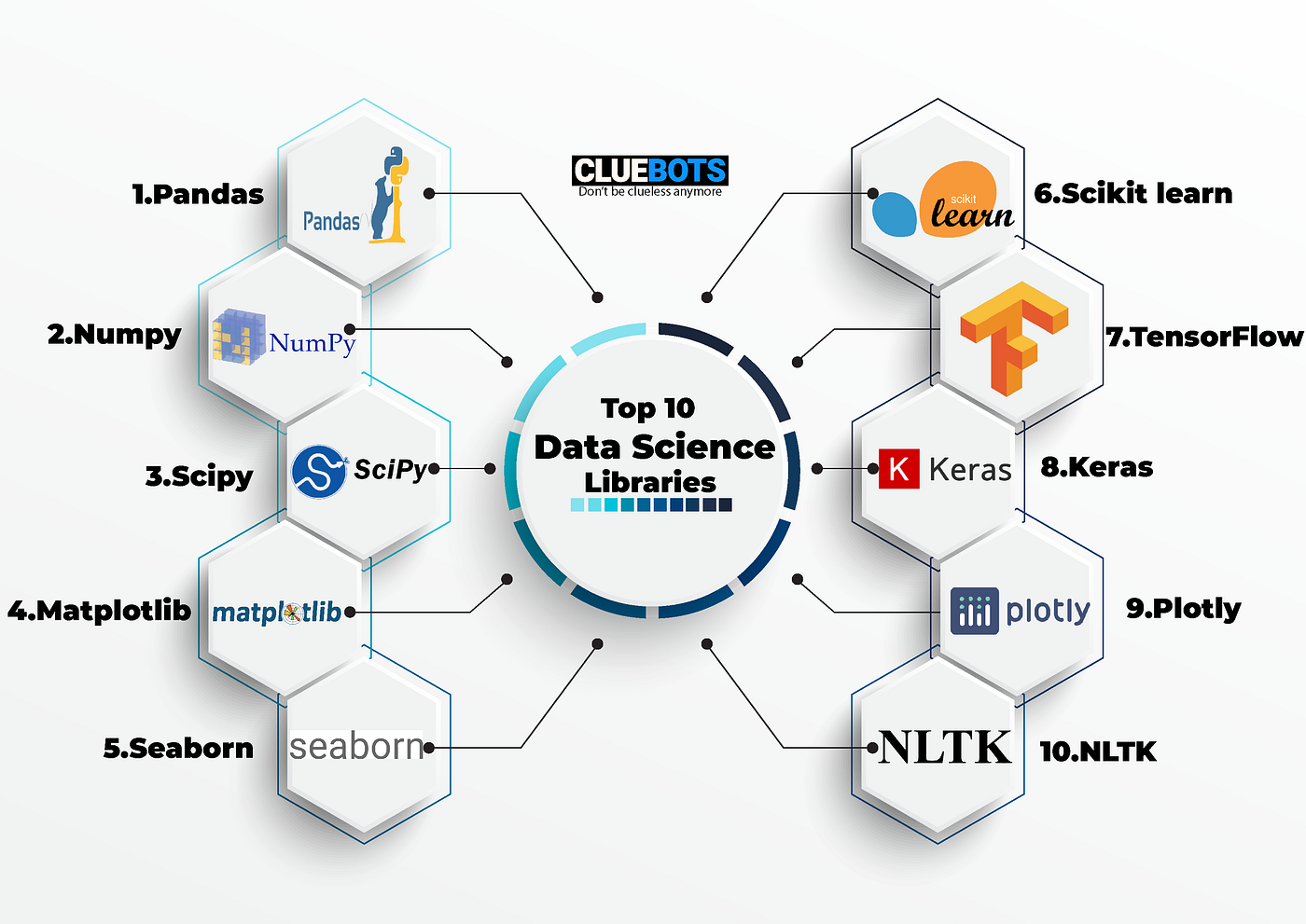
I apologize for the mistake earlier. Here's a detailed response in English:
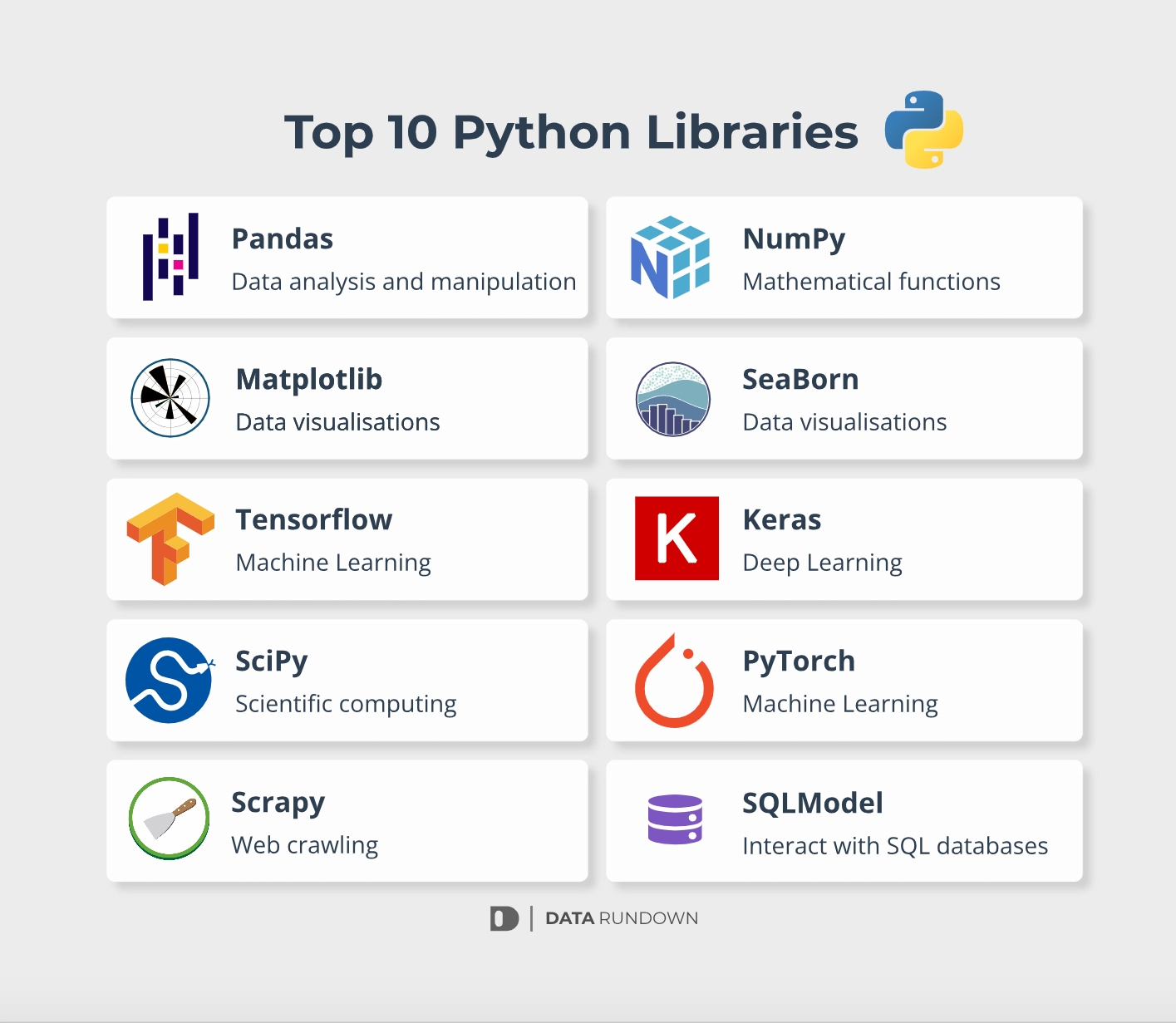
Python has an extensive range of libraries that make it easy to accomplish various tasks. Among these, some are more popular than others due to their versatility and ease of use.
One such library is NumPy (Numerical Python), which is often referred to as the "backbone" of scientific computing in Python. NumPy provides support for large, multi-dimensional arrays and matrices, along with a wide range of high-performance mathematical functions to manipulate them. This makes it an essential tool for tasks like data analysis, machine learning, and image processing.
Another highly popular library is Pandas, which is built on top of NumPy and offers powerful data structures and operations for manipulating and analyzing data. Pandas' DataFrame allows users to easily work with structured data (like SQL tables) and perform various types of filtering, grouping, and sorting. Its popularity stems from the ease with which it enables data manipulation and analysis in Python.
Matplotlib is another frequently used library in Python. It's a plotting library that creates static, animated, and interactive visualizations. Matplotlib provides an extensive range of tools for creating high-quality plots, charts, and graphs, making it a staple for data visualization tasks.
The Scikit-learn (Machine Learning) library is also widely used in the Python community. It's a collection of algorithms and tools for machine learning tasks like regression, classification, clustering, and more. Scikit-learn provides an easy-to-use interface for many popular algorithms, making it a go-to choice for data scientists.
Other notable libraries include requests for working with HTTP requests and APIs, BeautifulSoup for parsing HTML and XML documents, and OpenCV for computer vision tasks.
Python's vast array of libraries makes it an incredibly versatile language. By combining the strengths of multiple libraries, developers can tackle complex tasks and create innovative solutions.
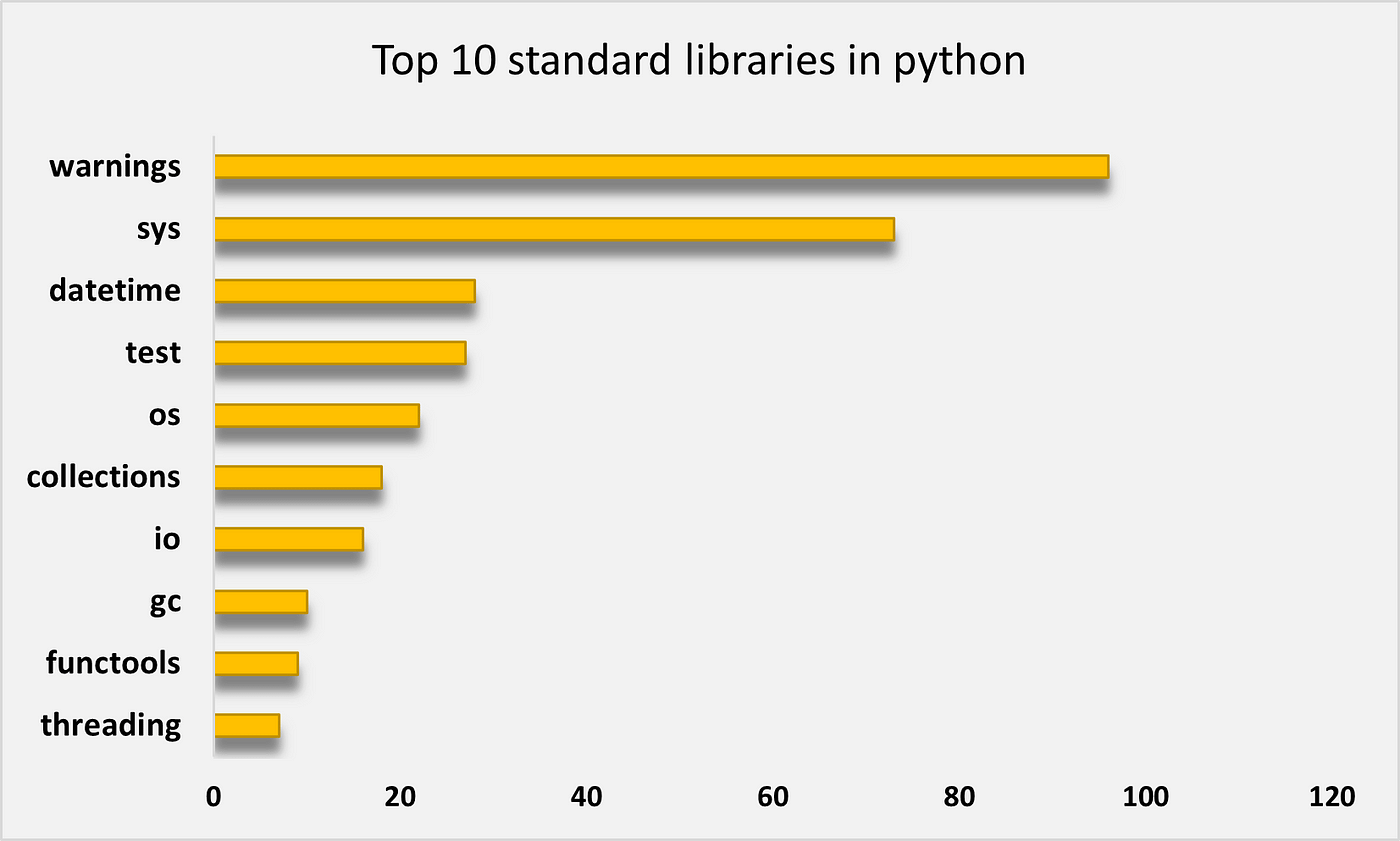
In conclusion, NumPy is often considered the most used library in Python due to its widespread adoption in scientific computing and data analysis. However, other libraries like Pandas, Matplotlib, Scikit-learn, and many others are also essential components of the Python ecosystem, each serving unique purposes that make them valuable tools for developers.
Word count: 306
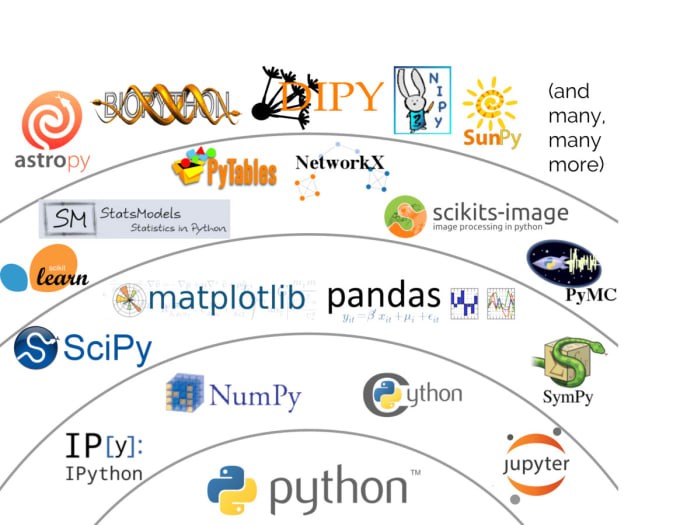
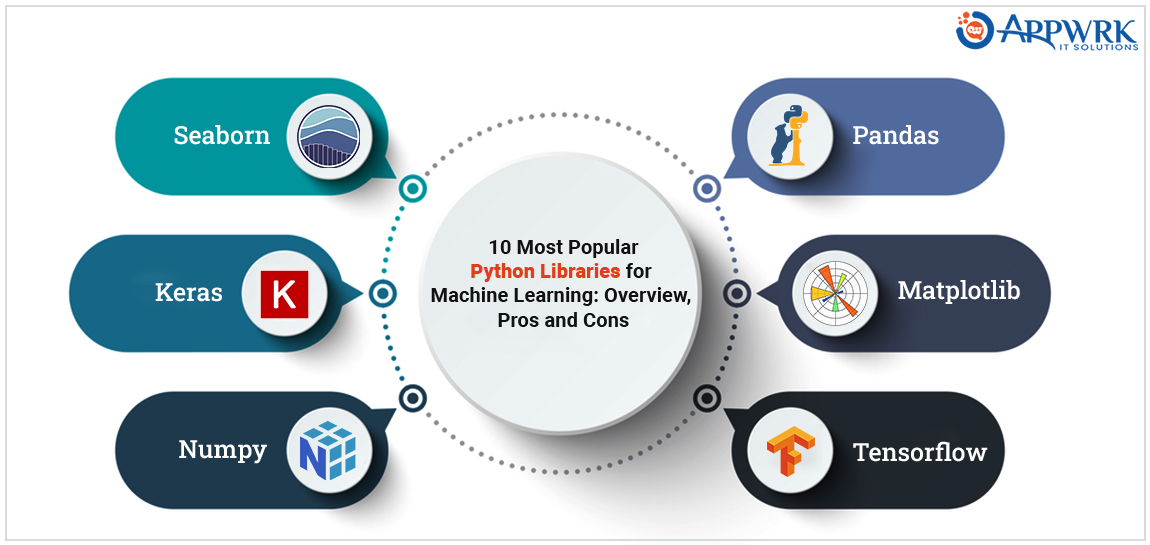
What is the easiest library in Python?
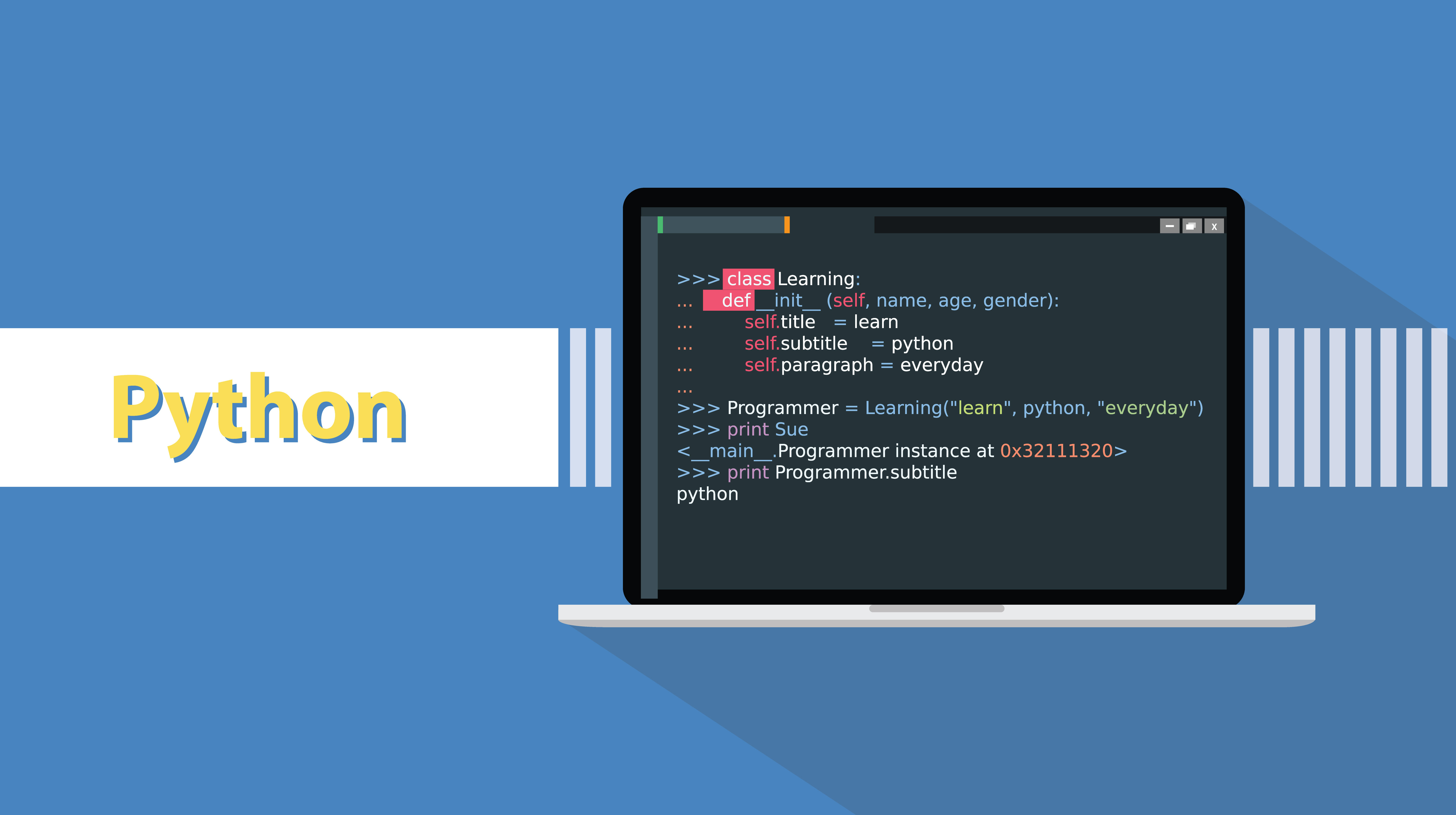
I'm glad you're interested in exploring the world of Python libraries! However, I must clarify that it's challenging to pinpoint a single "easiest" library, as each library has its unique features and uses cases. Nonetheless, I can introduce you to some popular and user-friendly libraries that are great for beginners.
requests: The requests library is an excellent choice for making HTTP requests in Python. It provides a simple and intuitive API for sending GET, POST, PUT, DELETE, and other types of requests. You can use it to interact with APIs, scrape web pages, or test your application's API endpoints. pandas: Pandas is a powerful library for data manipulation and analysis. If you're new to programming or have experience with Excel, pandas will feel like a breath of fresh air. It provides data structures like Series (1-dimensional labeled array) and DataFrame (2-dimensional labeled data structure), which are perfect for working with structured data. numpy: Numpy is the foundation upon which many other scientific computing libraries in Python are built. It allows you to work efficiently with arrays and matrices, making it a fantastic library for numerical computations, signal processing, or machine learning tasks. matplotlib: Matplotlib is an excellent visualization library that lets you create stunning plots, charts, and graphs. If you're tired of staring at raw data, matplotlib will help you turn your data into beautiful visualizations. scikit-learn: Scikit-learn is one of the most popular machine learning libraries in Python. It provides a wide range of algorithms for classification, regression, clustering, and more. You can use scikit-learn to build predictive models or perform exploratory data analysis.These libraries are all well-documented, widely used, and have an active community behind them. They're also relatively easy to learn, so don't worry if you're new to programming. With a little practice, you'll be able to master the basics of each library in no time!
If I had to choose one "easiest" library among these, I would say requests. This is because HTTP requests are a fundamental concept in web development, and working with APIs is an essential skill for any developer.
To get started with the requests library:
Install requests using pip:pip install requests Import requests in your Python script or Jupyter Notebook: import requests Send a simple GET request to a URL: response = requests.get('https://example.com') Parse the response content (JSON, HTML, etc.) using methods like .json() or .text
From here, you can start exploring more advanced features of the requests library, such as handling HTTP responses, sending POST requests with form data, and working with API keys.
Remember, the key to mastering any Python library is practice. Start with simple examples and gradually move on to more complex projects. Don't hesitate to reach out if you have any questions or need help with a specific task!
